Improving Indoor Air Quality: The Benefits of Air Purifiers and Dehumidifiers
Indoor air quality has always been a matter of concern, and with the increasing levels of pollution, it has become even more crucial to ensure that the air we breathe inside our homes is clean and safe. In today’s fast-paced world, where a significant amount of time is spent indoors, maintaining optimal indoor air quality is no longer a luxury but a necessity for our health and well-being.
Thankfully, advancements in technology have made it possible to improve indoor air quality through devices like air purifiers and dehumidifiers. These innovative appliances not only help eliminate harmful pollutants from the air but also regulate humidity levels, creating an environment that promotes better respiratory health and overall comfort. In this article, we will explore the numerous benefits associated with utilizing air purifiers and dehumidifiers in your home or office space.
Whether you are battling seasonal allergies or simply seeking cleaner breathing conditions, understanding how these remarkable devices work can make all the difference in safeguarding your lung health and enhancing your overall quality of life. So let us delve deeper into the world of improving indoor air quality by exploring the wonders of modern-day air purifiers and dehumidifiers!
The Importance of Indoor Air Quality
Indoor air quality plays a vital role in our overall health and well-being. Poor indoor air quality can contribute to a range of health problems, including respiratory issues, allergies, and even long-term illnesses. It is especially crucial for individuals with asthma or other respiratory conditions to have clean air circulating throughout their living space.
Exposure to pollutants such as dust mites, pet dander, mold spores, and volatile organic compounds (VOCs) can worsen existing health conditions or trigger new ones. Inadequate ventilation further exacerbates the problem by trapping these pollutants indoors. This is why investing in technologies like air purifiers and dehumidifiers becomes essential for improving indoor air quality.
Efficient air purifiers are capable of capturing microorganisms, allergens, and irritants from the air we breathe daily. By filtering out harmful particles that would otherwise be circulated through your home’s HVAC system, they significantly reduce the risk of respiratory ailments. Dehumidifiers come into play when excess moisture creates an environment hospitable to mold growth. They effectively control humidity levels by removing excess moisture from the air, preventing not only mold but also dust mites from flourishing.
When it comes to improving indoor air quality, investing in reliable and effective devices like high-quality air purifiers and dehumidifiers is a proactive step towards achieving cleaner and healthier breathing environments at home or in offices.
Understanding the Benefits of Air Purifiers
The Benefits of Air Purifiers
Air purifiers are devices that help improve the quality of indoor air by removing pollutants and allergens from the environment. These devices work by circulating and filtering the air, capturing harmful particles such as dust, pet dander, pollen, and smoke. By removing these contaminants, air purifiers can provide several benefits:
- Reducing Allergy Symptoms: Air purifiers filter out common allergens like pollen and pet dander, helping to alleviate symptoms for those with allergies or asthma.
- Improving Respiratory Health: By eliminating airborne irritants like smoke particles and mold spores, air purifiers can enhance lung function and reduce the risk of respiratory conditions.
- Eliminating Odors: Air purifiers with activated carbon filters can remove unpleasant odors from cooking, pets, or chemicals.
How Air Purifiers Work
Air purifiers usually consist of a fan that draws in air from the room into a filter system. The filter captures particles as small as 0. 3 microns before releasing clean air back into the room. Different types of filters such as HEPA (High-Efficiency Particulate Air) filters or activated carbon filters target specific pollutants for efficient removal.
Regular use of an air purifier can significantly improve indoor air quality by reducing allergens and pollutants present in your home or office space. Investing in a high-quality device may lead to better overall health outcomes for you and your family members by providing cleaner and fresher air to breathe.
How Air Purifiers Improve Indoor Air Quality
Air purifiers are an effective tool for improving indoor air quality. They work by removing harmful pollutants and allergens from the air, creating a cleaner and healthier environment to breathe in.
- Removal of pollutants: Air purifiers are specifically designed to capture and eliminate various types of air pollutants, such as dust, pet dander, mold spores, and pollen. By actively filtering out these particles, they can greatly reduce the presence of irritants that can trigger allergies or asthma.
- Elimination of odors: In addition to removing airborne contaminants, many air purifiers also have activated carbon filters that help eliminate unpleasant odors caused by cooking fumes, tobacco smoke, or pets. This can create a fresher-smelling indoor space.
- Improved respiratory health: Breathing clean air is essential for maintaining good respiratory health. With their ability to filter out harmful particles and allergens from the air we breathe in our homes or offices – where we spend most of our time – air purifiers significantly decrease the risk of breathing-related issues like wheezing or coughing.
In conclusion,air purifiers play a crucial role in creating a healthy living environment by effectively reducing airborne pollutants, eliminating unpleasant odors, and promoting better respiratory health for individuals with sensitivities. Allowing us to enjoy cleaner, fresher indoor settings
Choosing the Right Air Purifier for Your Needs
With a wide variety of air purifiers available on the market, finding the right one for your needs can feel overwhelming. To make this process easier, consider your specific air quality concerns. Are you looking to remove allergens such as pollen or pet dander? Do you want to eliminate odors or reduce airborne bacteria and viruses? Identifying your main concern will help narrow down your options.
Once you have determined your primary concern, consider the size of the area you need to purify. Different air purifiers are designed for different room sizes, so it is important to choose one that can effectively clean the air in your space. Additionally, check if there are any special features that could benefit you, such as a HEPA filter for removing tiny particles or an activated carbon filter for eliminating odors.
Lastly, don’t forget about ongoing costs and maintenance. Some air purifiers require regular filter replacements or additional expenses such as electricity usage. Be sure to factor these into your decision-making process and choose an option that aligns with both your needs and budget.
The Role of Dehumidifiers in Enhancing Indoor Air Quality
Dehumidifiers play a crucial role in improving indoor air quality by reducing excess moisture. High humidity levels can lead to the growth of mold and mildew, which release spores that can cause respiratory issues and allergies. By effectively removing moisture from the air, dehumidifiers create an environment where mold cannot thrive.
Moreover, dehumidifiers help prevent the spread of other harmful pollutants such as dust mites and bacteria. These allergens are often found in damp areas and can exacerbate existing breathing conditions like asthma or cause allergic reactions. With their ability to regulate humidity levels, dehumidifiers improve air quality by reducing these irritants and creating a healthier living space.
In addition to addressing specific health concerns, dehumidification also benefits overall comfort within a home or building. Excessive moisture can make spaces feel sticky or stuffy since it hampers evaporation from our bodies’ natural cooling mechanism: perspiration. Dehumidifiers combat this issue by maintaining optimal humidity levels, ensuring a more pleasant atmosphere for occupants.
Managing Humidity Levels with Dehumidifiers
High humidity levels in the home can lead to a range of issues such as mold growth, musty odors, and damage to furniture or electronics. Using dehumidifiers is an effective way to manage these problems and improve indoor air quality.
Dehumidifiers work by removing excess moisture from the air, reducing humidity levels and preventing the growth of mold and mildew. They accomplish this by drawing in damp air, cooling it down, and collecting the resulting water droplets in a reservoir or through direct drainage. By controlling humidity levels, dehumidifiers also help alleviate allergies triggered by dust mites and other allergens that thrive in humid environments.
Here are some advantages of using dehumidifiers:
- Preventing Mold Growth: Excess moisture creates an ideal breeding ground for mold spores. Dehumidifiers reduce the risk of mold infestation by maintaining optimal humidity levels.
- Protecting Your Belongings: High humidity can cause structural damage to your house as well as harm valuable possessions like wood furniture and electronics. A dehumidifier helps preserve your belongings by keeping moisture at bay.
- Improving Air Quality: Damp environments not only encourage mold growth but also attract dust mites and other airborne particles that exacerbate respiratory conditions like asthma or allergies. By reducing excess moisture, dehumidifiers contribute to cleaner indoor air for improved health.
Combining Air Purifiers and Dehumidifiers for Optimal Results
- Why use both? Indoor air quality can be compromised by a variety of sources, including allergens, pollutants, and high humidity levels. While air purifiers excel at removing airborne particles like dust and pet dander, dehumidifiers are effective in reducing moisture levels that can lead to mold growth. By combining these two devices, you can tackle multiple indoor air quality issues simultaneously.
- Complementary benefits: Air purifiers capture and eliminate harmful substances from the air we breathe. However, if there is excessive moisture present in your home, these pollutants may settle on damp surfaces or create an environment conducive to mold growth. A dehumidifier works to extract excess moisture from the air, preventing condensation and inhibiting the development of mold spores. By using both appliances together, you can achieve cleaner air while maintaining a dry environment.
- Improved respiratory health: When used together consistently, air purifiers and dehumidifiers can significantly improve respiratory health for individuals suffering from allergies or asthma. The combination reduces common triggers such as dust mites or mold spores which often thrive in humid conditions. Breathing clean and dry air decreases the likelihood of allergic reactions and helps alleviate symptoms associated with respiratory illnesses.
Combining air purifiers and dehumidifiers effectively addresses various aspects of indoor air quality concerns while providing complementary advantages that enhance overall well-being.
Tips for Maintaining Clean and Fresh Indoor Air Quality
- Regularly clean and vacuum your home to remove dust, allergens, and pollutants that can accumulate over time.
- Keep windows open whenever possible to allow fresh air to circulate in the house.
- Use natural cleaning products instead of harsh chemicals that can release harmful fumes into the air.
- Avoid smoking indoors, as it can introduce a wide range of toxins into the air.
- Maintain a healthy humidity level by using a dehumidifier in damp areas of your home. Excessive moisture can promote the growth of mold and mildew, which can negatively impact air quality.
Additional Methods for Improving Indoor Air Quality
- Invest in an air purifier with HEPA filters to effectively trap airborne particles such as pollen, pet dander, and dust mites. These devices are particularly beneficial for individuals with allergies or asthma.
- Consider adding indoor plants known for their ability to naturally filter toxins from the air, such as spider plants or snake plants. Just make sure they don’t trigger any allergies!
- Install carbon monoxide detectors throughout your home to protect against this odorless gas that is potentially deadly.
- Regularly replace air filters in your HVAC system to keep it running efficiently and prevent recirculation of contaminants.
- Test your home regularly for radon gas, an invisible substance that seeps up from soil and rocks beneath buildings. Radon exposure has been linked to lung cancer.

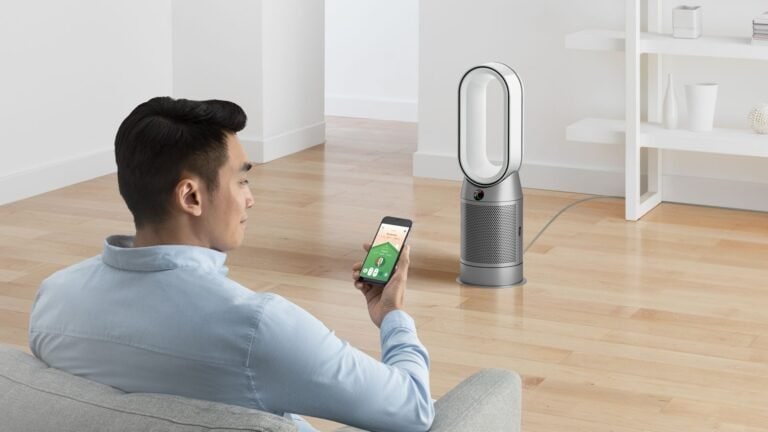
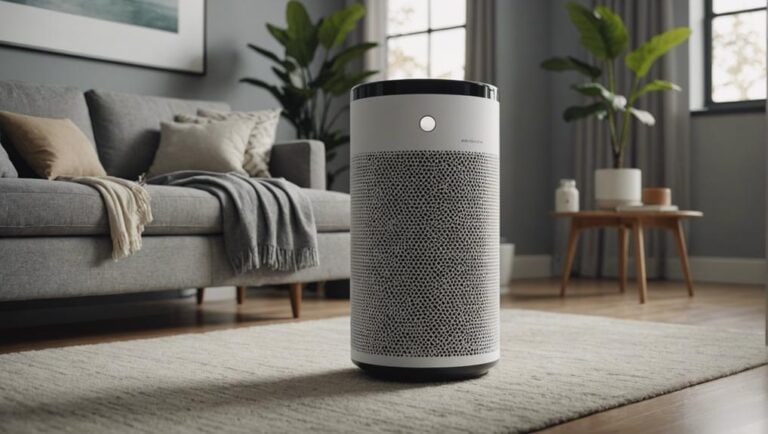
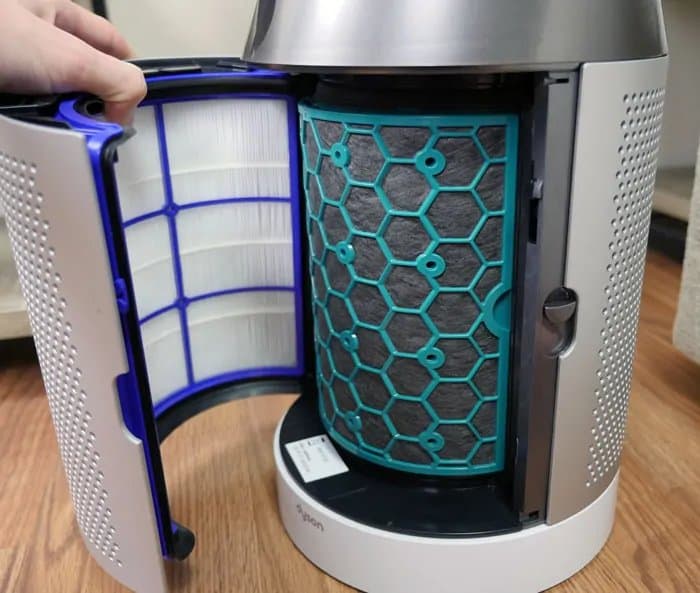

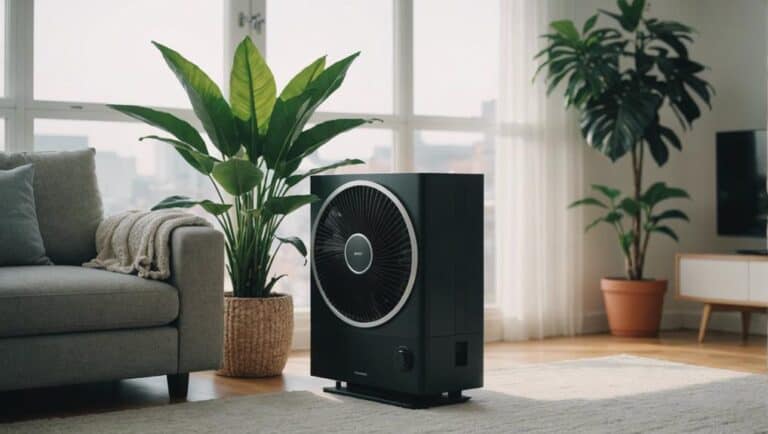
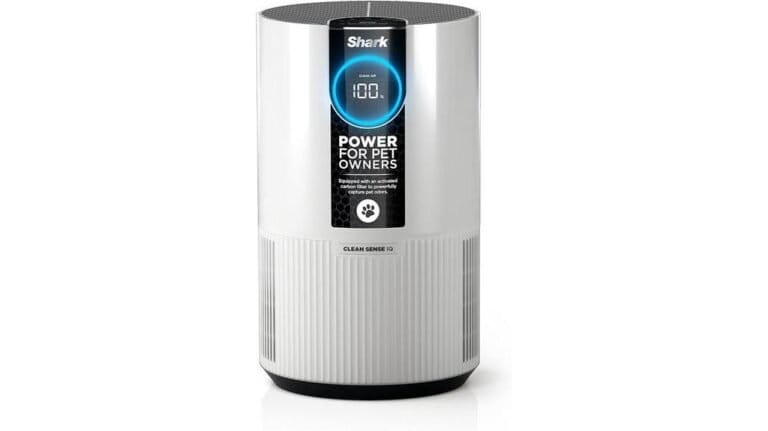
One Comment